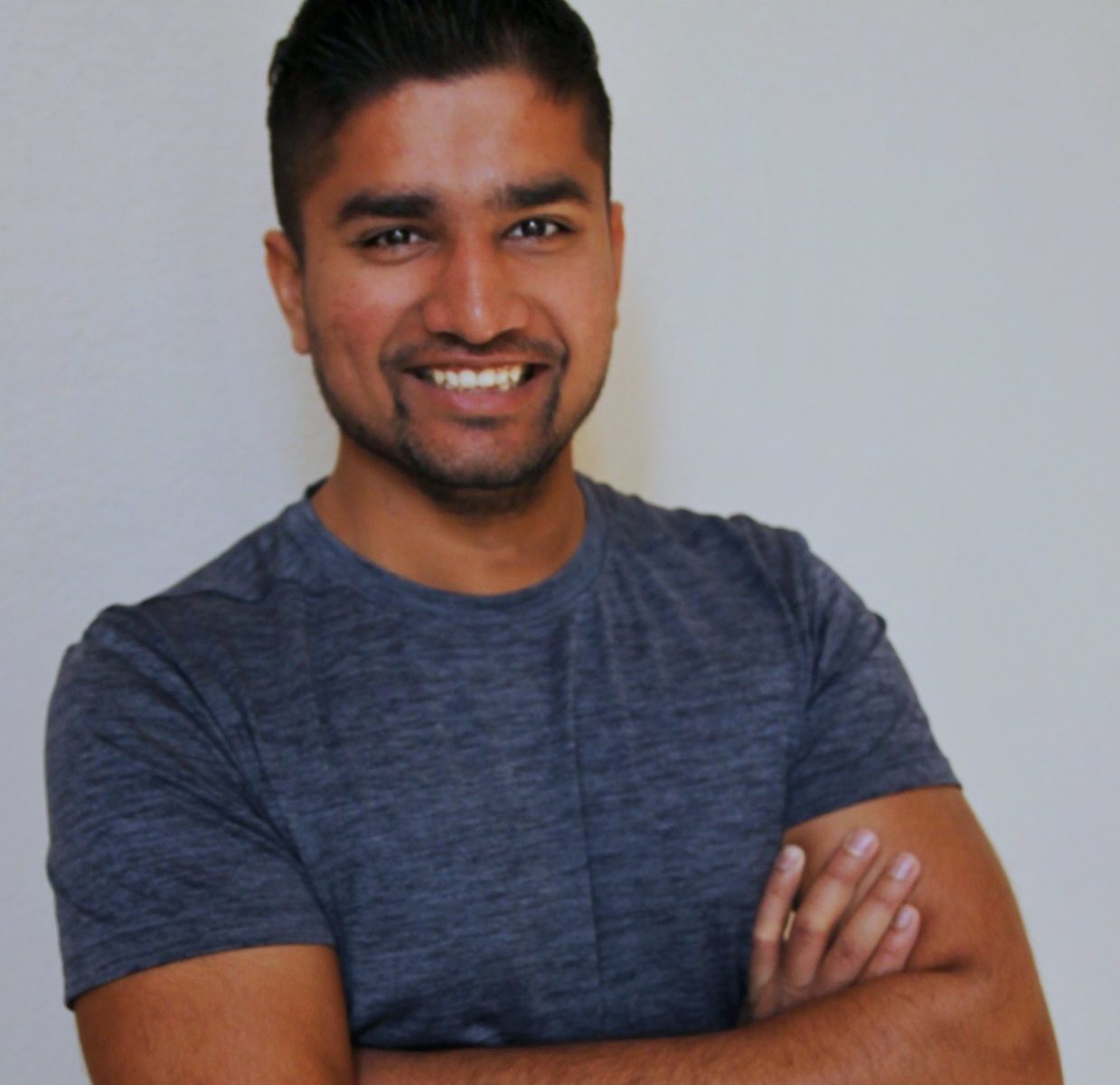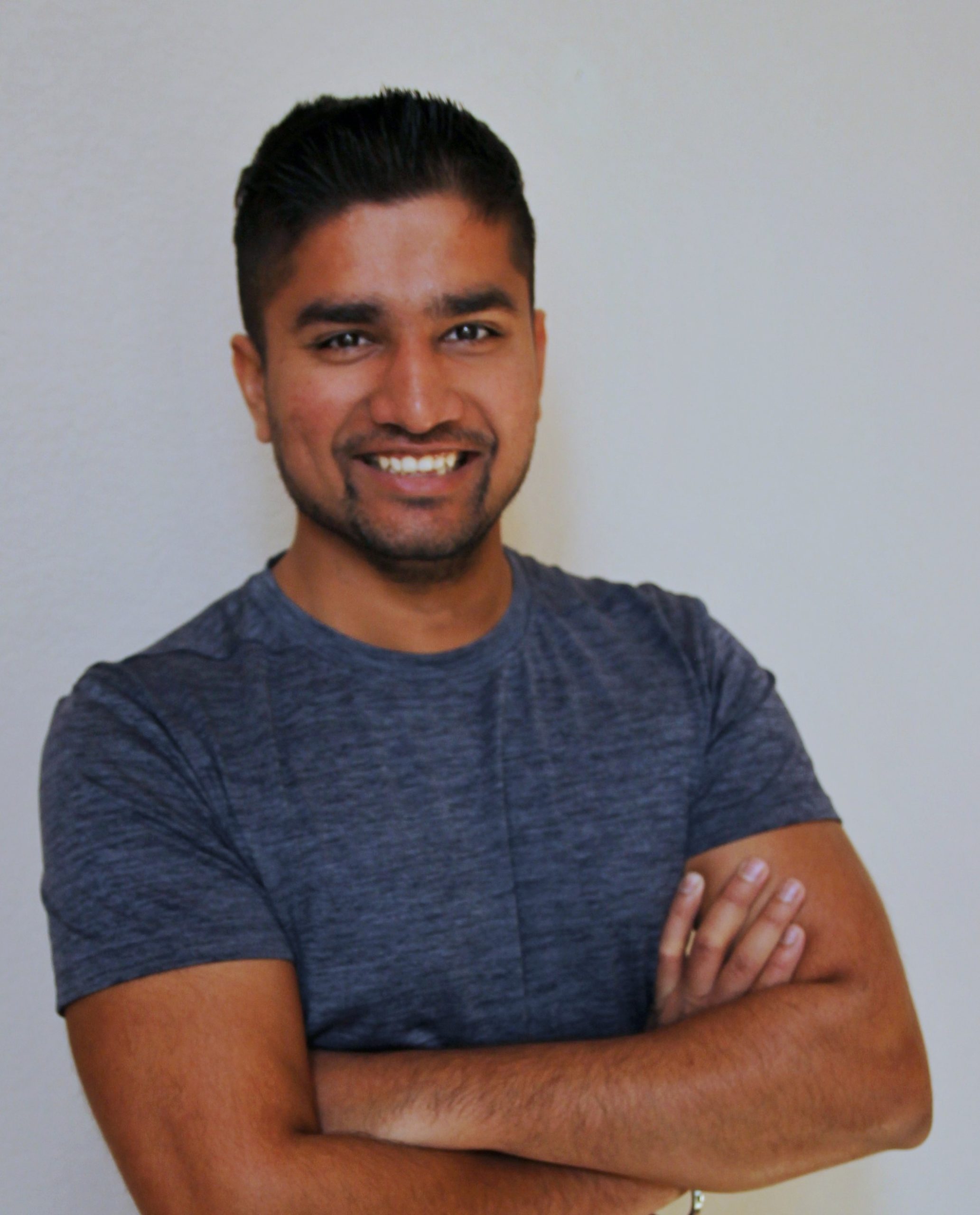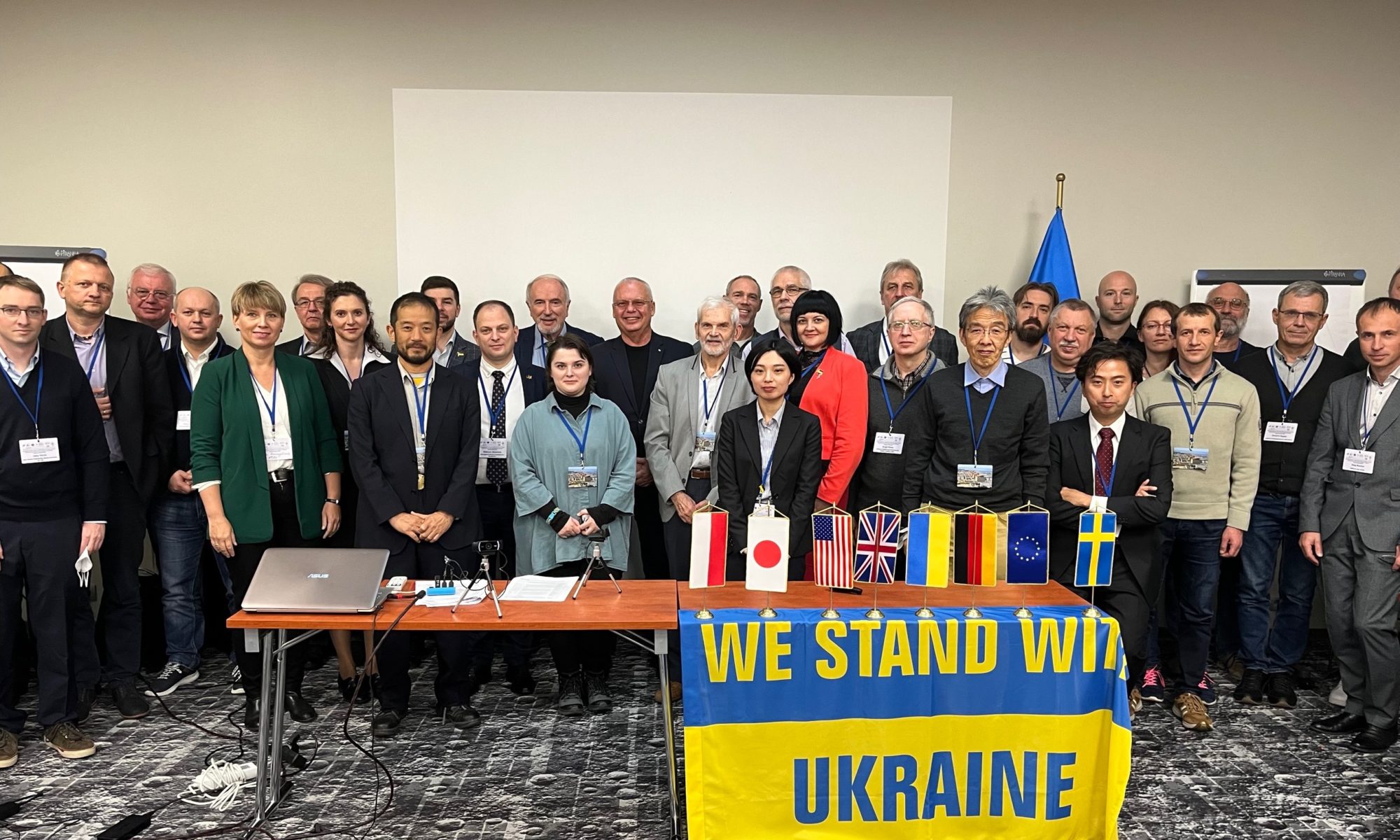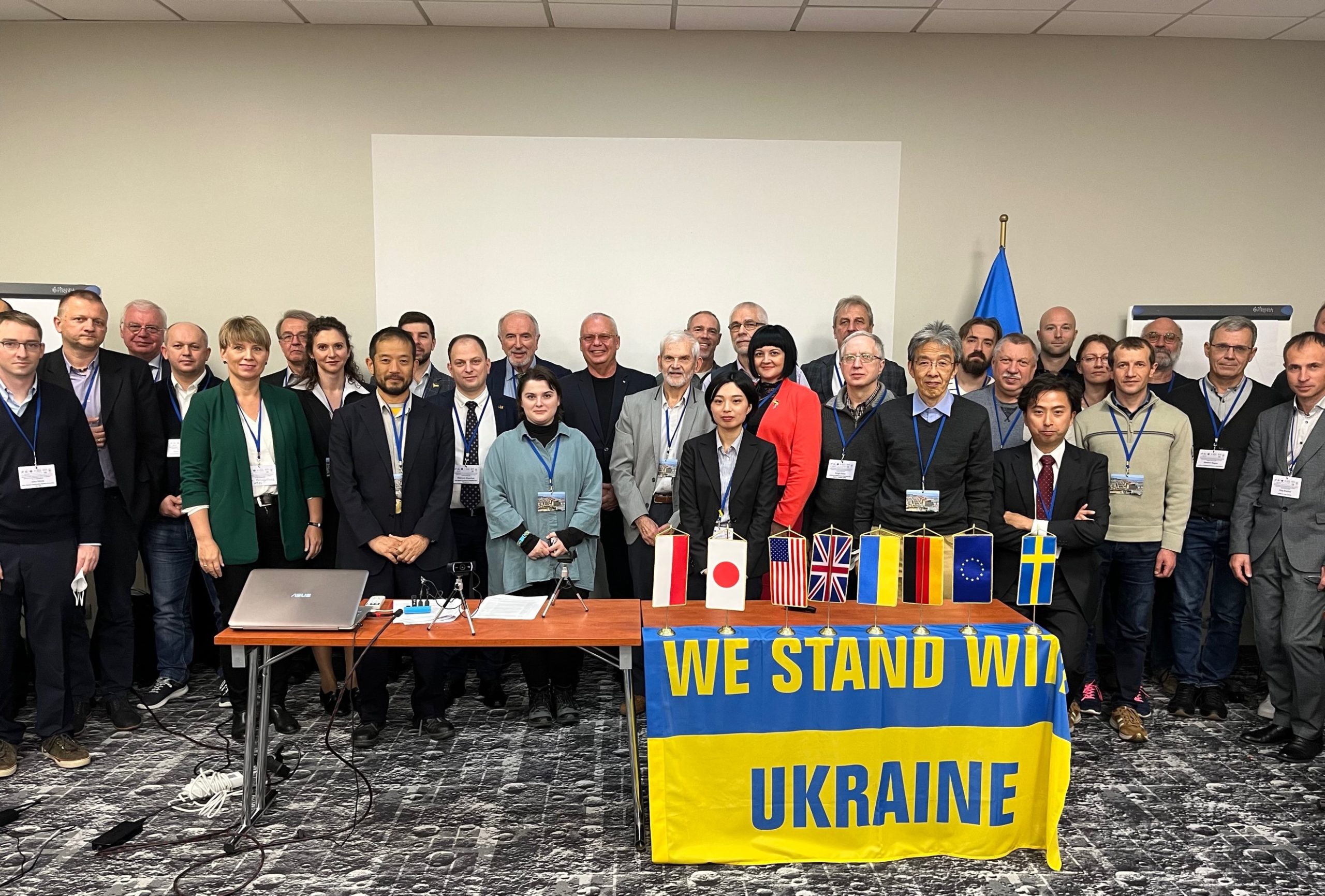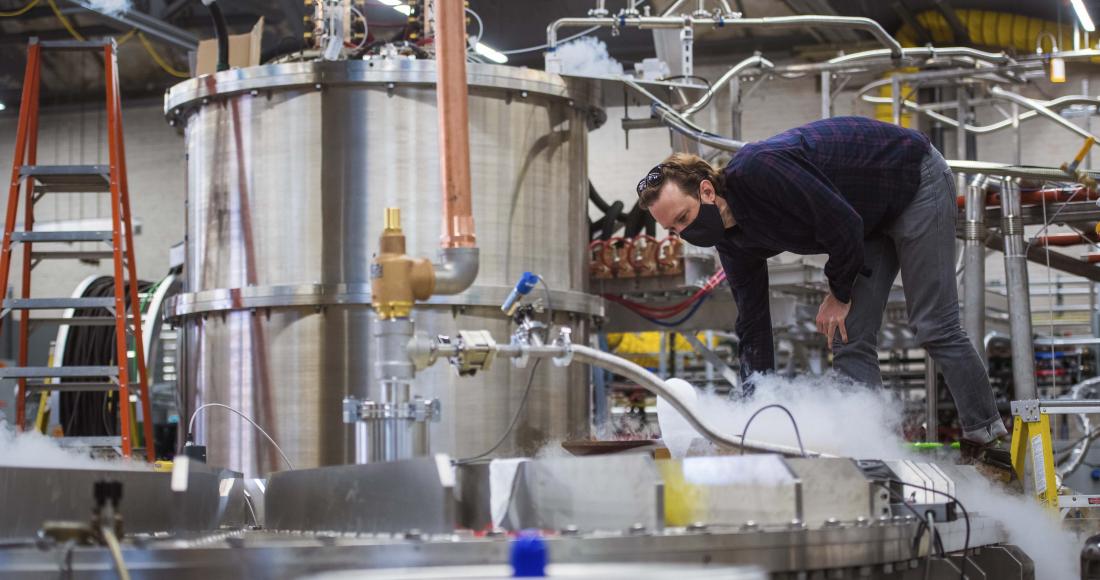
School of Marine and Atmospheric Sciences
Stony Brook University, Stony Brook, New York
After the Fukushima accident in March 2011, marine organisms, seawater and sediment were contaminated with both 134Cs and 137Cs that was released into coastal waters. We analyzed radionuclides in Pacific biota, including plankton, diverse invertebrates, and pelagic and benthic fish. Field data (~41,000 data points) showed temporal declines of 137Cs levels were >10x lower in benthic than pelagic fish, reflecting 137Cs declines in sediments and seawater, consistent with lab studies showing benthic fish acquiring 137Cs from benthic invertebrate diets. Bluefin tuna that spawn near Japan and migrate to waters off California were contaminated with Fukushima-derived radiocesium that they obtained from Japanese waters. The consequent risk to seafood consumers was assessed and compared to that from naturally occurring radionuclides.
I am a marine biogeochemist who has focused on the bioaccumulation of diverse contaminants in marine organisms. This research has considered the impacts of this bioaccumulation on organisms and public health, and has also considered the influence of organisms on the cycling and fate of the contaminants. Most of this work has involved metals and long-lived radionuclides. I received a BA from Brandeis University, and a PhD from Stony Brook, I was a postdoctoral investigator at the Woods Hole Oceanographic Institution, after which I worked for a government lab in Melbourne Australia, the IAEA Lab in Monaco, the Brookhaven National Lab, and Stony Brook University (since 1988).

